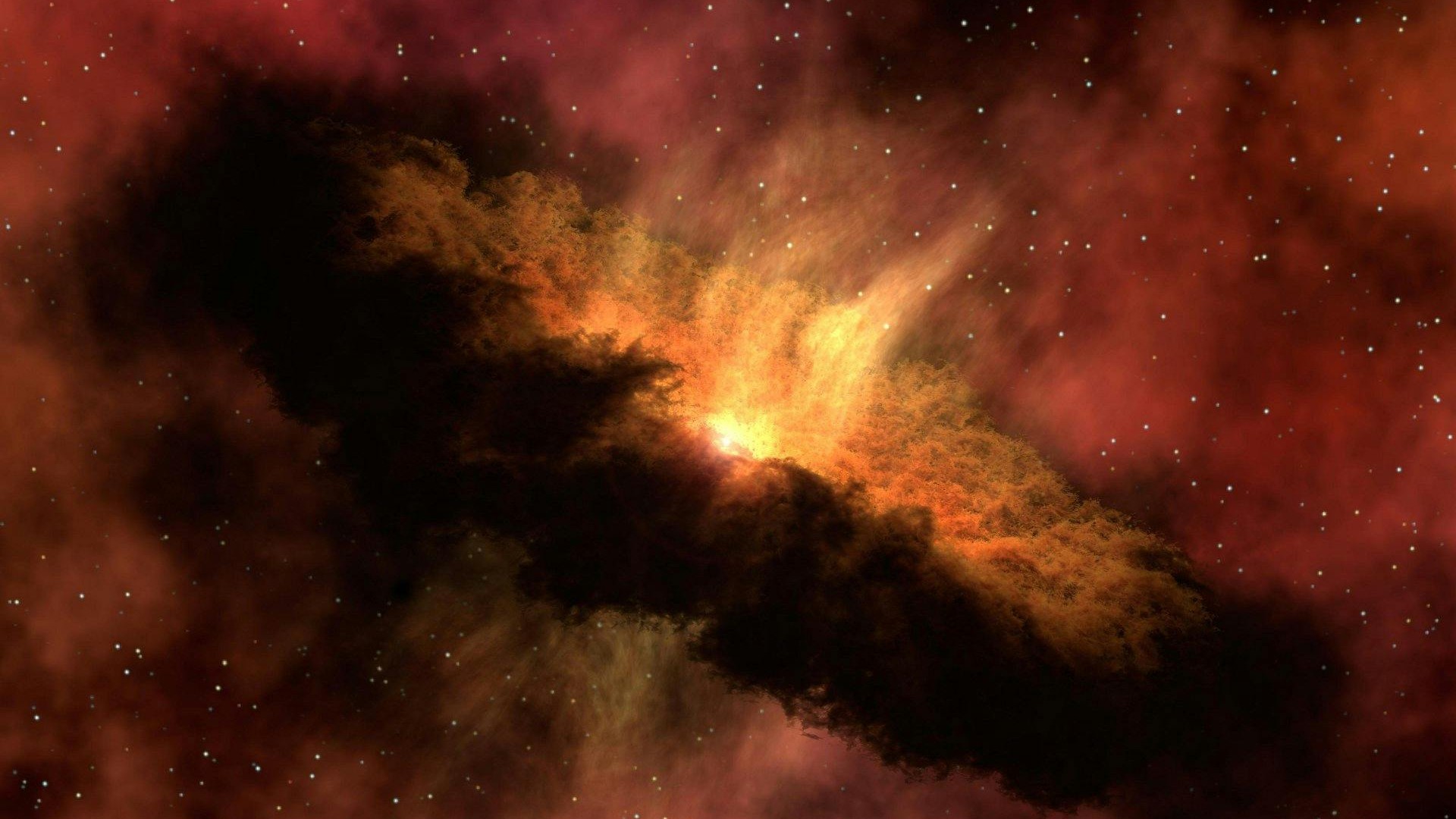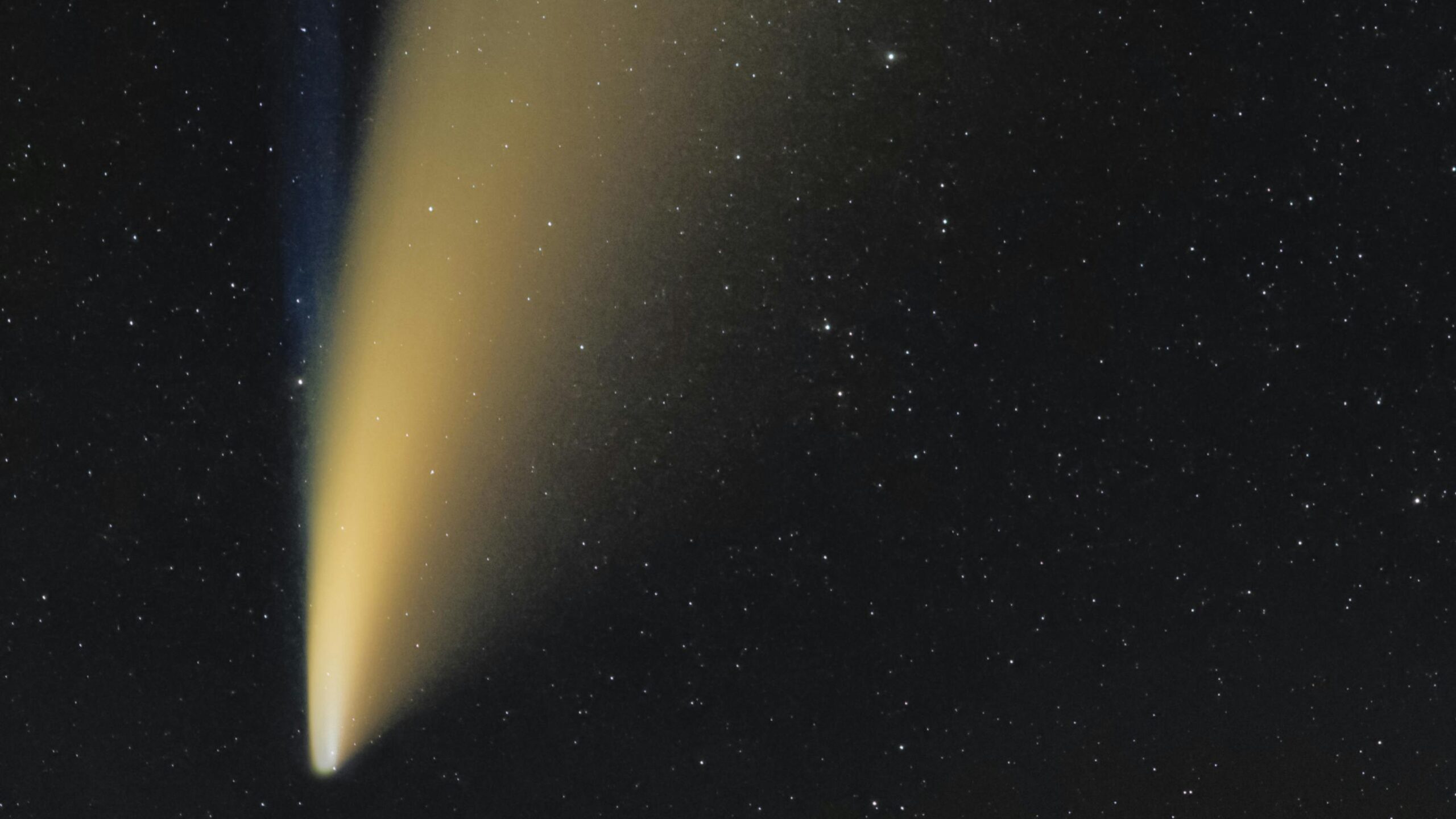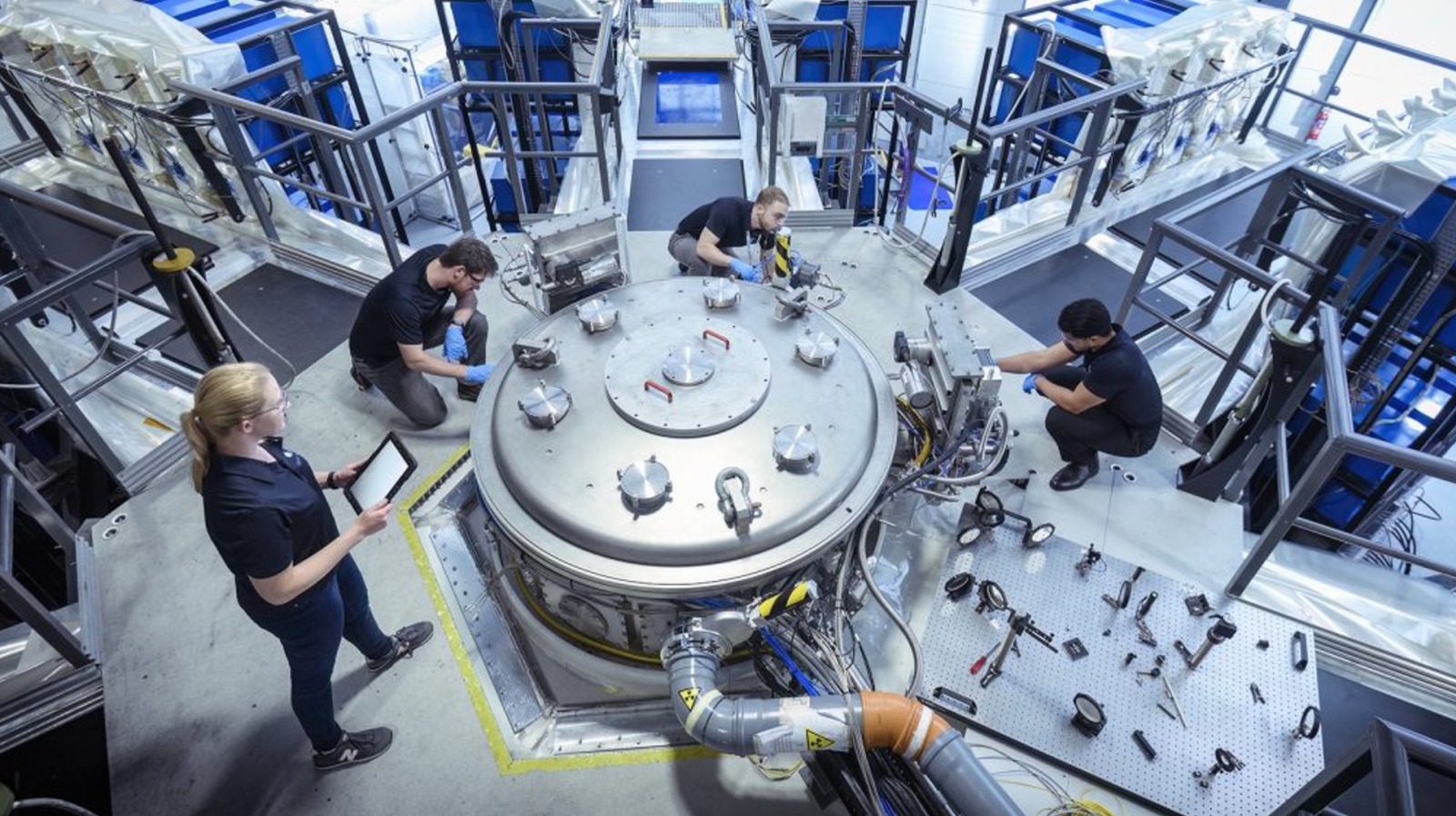Renowned astrophysicist Avi Loeb from Harvard University has published a thought-provoking analysis suggesting that the interstellar comet 3I/ATLAS is significantly larger than any known asteroids, raising the possibility that it could be an alien spacecraft. Loeb claims that the object’s size and characteristics are so unusual that they challenge existing understandings of natural celestial bodies.
In his recent blog post, Loeb asserts that 3I/ATLAS has an inferred mass exceeding 50 billion tonnes, which he describes as at least a million times greater than the mass of the first known interstellar object, 1I/Oumuamua. He questions the odds of encountering such a massive object without having observed countless smaller ones first, stating, “Why were we so fortunate to receive such a giant object as the third in the list of interstellar objects?”
Loeb elaborates on his theories, suggesting that the jets emitted by 3I/ATLAS could be indicative of technological thrusters rather than natural processes. He argues that if the jets are indeed artificial, the mass loss associated with their operation would be significantly lower than that of natural comets. “Chemical rockets are propelled by an exhaust speed of 3–5 kilometers per second, which is ten times larger than the maximum ejection speed of volatiles sublimated by sunlight from cometary surfaces,” he explains. He posits that advanced alien technology could utilize thrusters with even greater speeds, further reducing mass loss requirements.
Potential Global Impact of 3I/ATLAS
Loeb has raised alarms about the potential implications of 3I/ATLAS, describing it as a “black swan event.” This term refers to a rare and unpredictable occurrence that could have significant global consequences. He emphasizes the need for global agencies to remain vigilant and develop strategies in case the comet is confirmed to have an artificial origin.
The comet’s extraordinary size, speed, and peculiar characteristics have left scientists puzzled. Recent footage from Japan allegedly showing a “large vessel” near 3I/ATLAS has fueled conspiracy theories, prompting speculation about extraterrestrial involvement. In light of these developments, Loeb warned that humanity could face challenges if the object originates from a more technologically advanced civilization. “If this object comes from a more technologically advanced civilization, we’re screwed,” he stated.
Loeb, who leads the Galileo Project at Harvard, has identified ten unusual features of 3I/ATLAS that suggest it may not be a natural object. He believes that researchers and governments must take these characteristics seriously and prepare for the possibility of an artificial origin. The implications of such a discovery could reshape our understanding of interstellar travel and extraterrestrial life.
As interest in 3I/ATLAS continues to grow, scientists and researchers are urged to remain alert to further developments. The ongoing investigation into the comet’s true nature could yield insights that challenge existing paradigms in astrophysics and our understanding of the cosmos.







